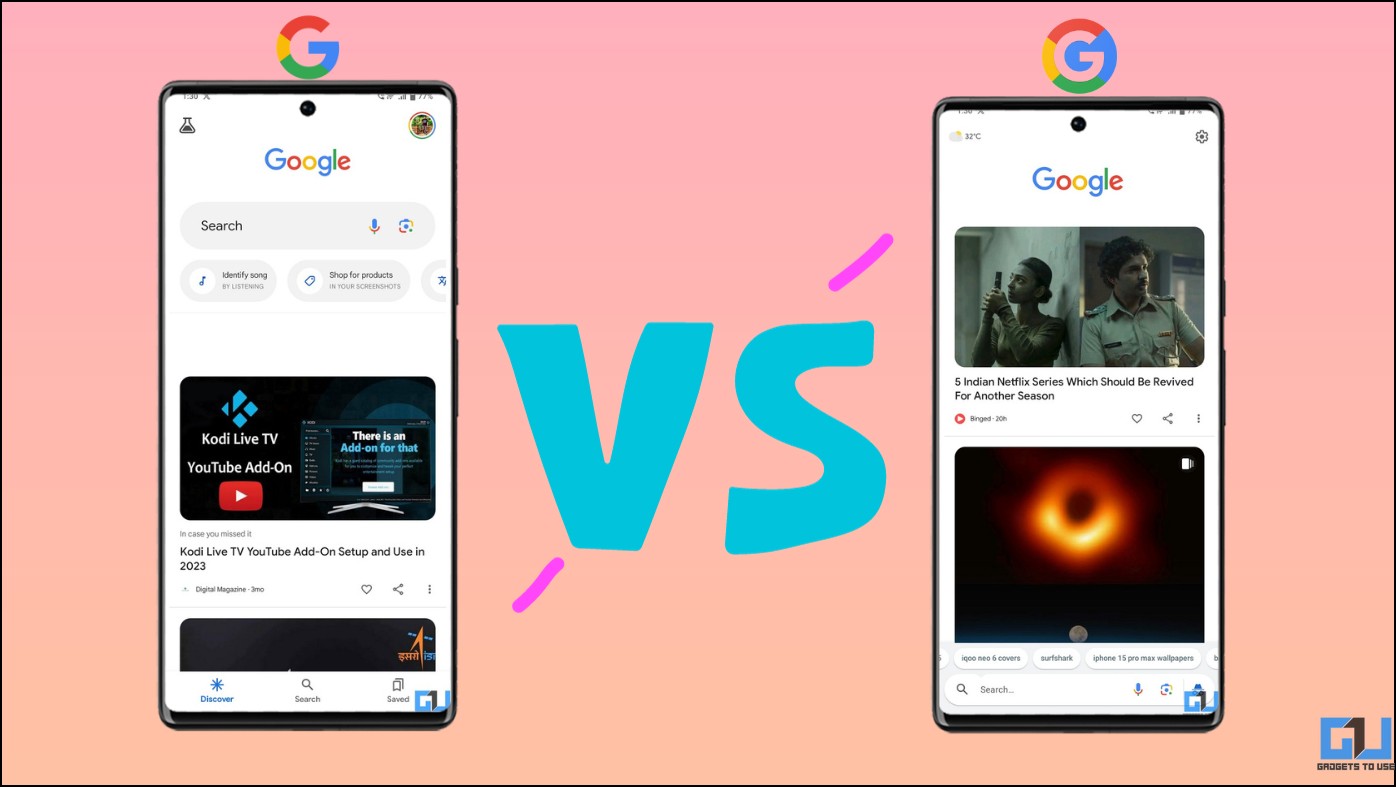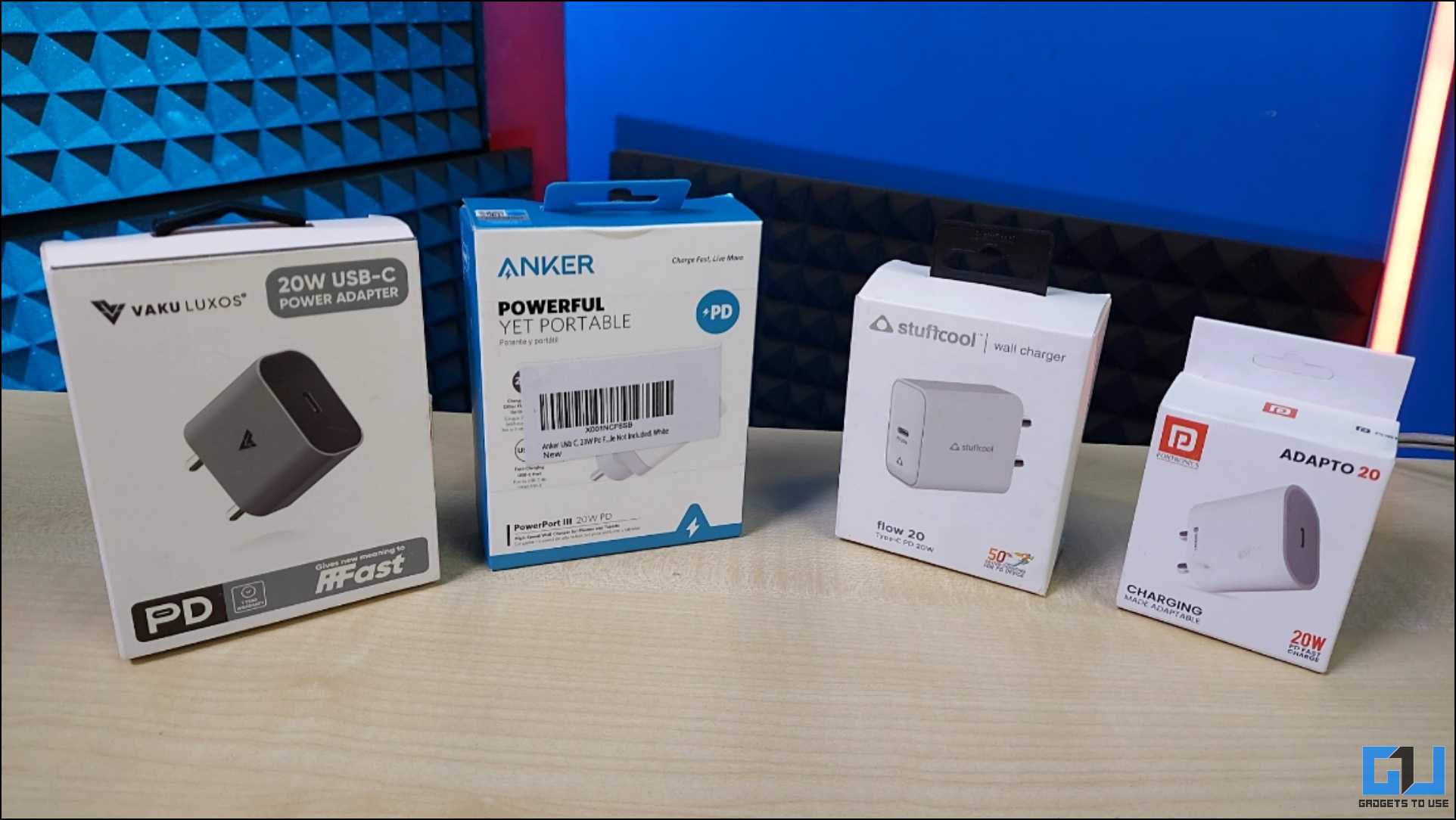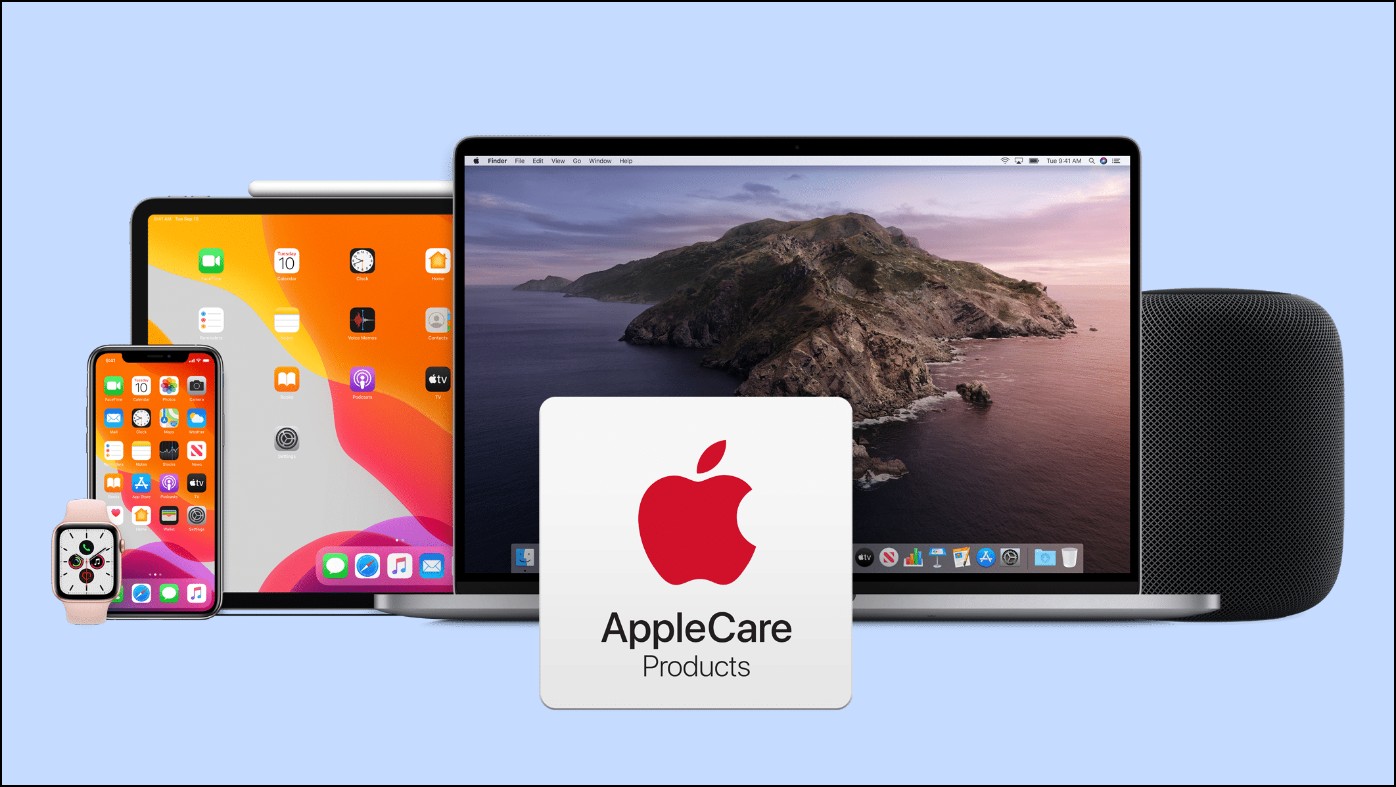Quick Answer
- Moreover, the Asus phone uses a 2 GB of RAM capacity that will be even more efficient in multi-tasking as compared to the 1 GB of RAM in the Android One phones.
- As the first batch of the Android One smartphones made by the India based vendors such as Micromax, Spice and Karbonn released, they will definitely be a competitor to the other entry-level smartphones in the market.
- For quite sometime, there has been a lot of excitement prevailing in the tech media world as Google announced the Android One imitative that is aimed at the feature phone upgraders with the sub $100 smartphones.
For quite sometime, there has been a lot of excitement prevailing in the tech media world as Google announced the Android One imitative that is aimed at the feature phone upgraders with the sub $100 smartphones. As the first batch of the Android One smartphones made by the India based vendors such as Micromax, Spice and Karbonn released, they will definitely be a competitor to the other entry-level smartphones in the market. Now, let us compare the Android One smartphones with the Asus Zenfone 5.
Display and Processor
The Android One offerings house a 4.5 inch IPS display with FWVGA screen resolution of 480×854 pixels that results in a pixel density of 217 ppi. However, the Asus phone appears to be better with a larger 5 inch IPS display carrying a HD screen resolution of 1280 x 720 pixels translating to average pixel density of 245 ppi. With IPS panel, both the phones will render good viewing angles and color reproduction. Another aspect that adds to the value of the Asus phone is the Corning Gorilla Glass 3 protection that prevents it from getting scratched.
On the raw hardware front, the Android One comes makes use of a MediaTek MT6582 1.3 GHz quad-core processor. On the other hand, the Asus Zenfone 5 is paired with dual-core Intel Atom Z2560 chipset ticking at 1.6 GHz. The Intel chipset uses Hyper Threading technology that executes instructions faster. Moreover, the Asus phone uses a 2 GB of RAM capacity that will be even more efficient in multi-tasking as compared to the 1 GB of RAM in the Android One phones.
Camera and Internal Storage
In terms of imaging, the Android One smartphones feature a 5 MP primary snapper with LED flash and support for HD 720p video recording. The handset also includes a 2 MP selfie camera at its front for video conferencing and clicking self portrait shots. In comparison, the Zenfone 5 boasts of an 8 MP main snapper that is coupled with auto focus, LED flash and FHD 1080p video recording ability. The front-facer is pretty simple as it comes with a 2 MP front-facer handling the selfie department.
Storage wise, the Asus phone scores more as it comes in two configurations – 8 GB and 16 GB variants that can be expanded externally up to 64 GB using a micro SD card. On the flip side, the Android One smartphnes have a paltry 4 GB of native storage capacity that can be further extended up to 32 GB.
Battery and Features
The Zenfone 5 has a 2,110 mAh battery that is rated to provide a decent backup of up to 18.5 hours of talk time, whereas the 1,700 mAh battery in the Android One is criticized for not being able to provide a backup of a day.
While the Zenfone 5 is based on Android 4.4.2 KitKat operating system, the Android One phones come with v4.4.4 KitKat and are upgradeable to Android L as well. On the connectivity front, they have standard set of features, but Zenfone 5 got the USB OTG support via a firmware update making it easy to transfer content between two devices without a host. Also, the Zen UI adds features such as ZenLink, Do It Later and more.
Key Specs
| Model | Android One | Asus Zenfone 5 |
| Display | 4.5 inch, FWVGA | 5 inch, HD |
| Processor | 1.3 GHz Quad Core MediaTek MT6582 | 1.6 GHz Dual Core Intel Atom Z2560 |
| RAM | 1 GB | 2 GB |
| Internal Storage | 4 GB, Expandable up to 32 GB | 8 GB / 16 GB, Expandable up to 64 GB |
| OS | Android 4.4.4 KitKat, Upgradeable to Android L | Android 4.4.2 KitKat |
| Camera | 5 MP/ 2 MP | 8 MP/ 2 MP |
| Battery | 1,700 mAh | 2,110 mAh |
| Price | Rs 6,399 | Rs 9,999/ Rs 13,999 |
Quick Buy Now Android One Phones
Micromax Canvas A1 – http://goo.gl/0pqAqh
Karbonn Sparkle V – http://goo.gl/7tpPn3
Spice Dream Uno – http://goo.gl/R58DUP
Price and Conclusion
When it comes to pricing the Android One smartphones are pretty affordable at Rs 6,399, but the Asus Zenfone 5 that is priced relatively more has a better spec sheet. The Zenfone 5 takes the advantage of packing an impressive camera set and a better battery. On the other hand, the Zenfone 5 comes with a strong display, increased storage options, better battery life and USB OTG, whereas the main idea of Android L is to lure the consumers seeking an upgrade and to receive latest updates.













